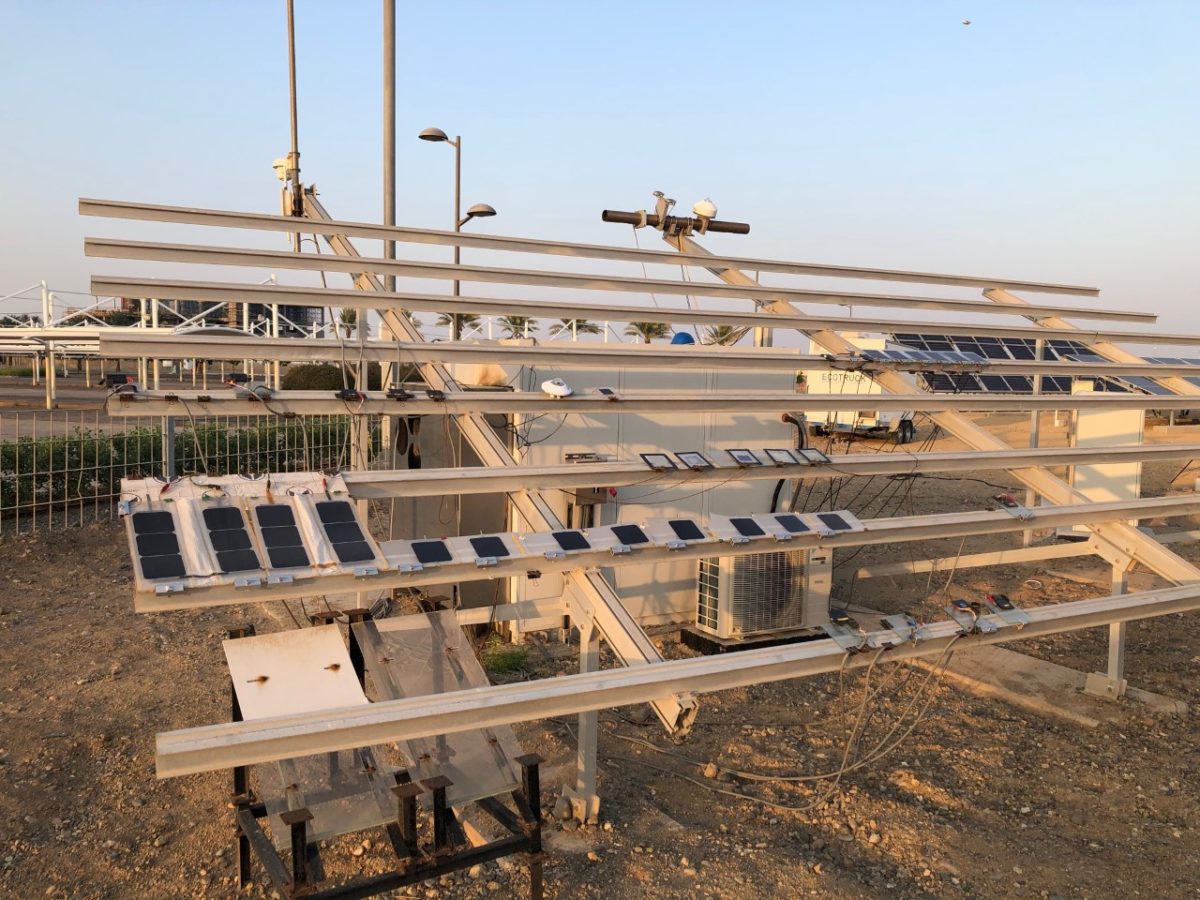A group of scientists at the King Abdullah University of Science and Technology (KAUST), in Saudi Arabia, began operating a testing field facility for small perovskite-silicon tandem cells in November of last year with the aim of collecting data on the performance of different devices. The findings, the researchers said at the time, should allow those working with perovskites to optimize their designs, and it will be these results that ultimately make or break their progress toward a commercial breakthrough.
Since then, the research group has analyzed data on performance and, more recently, it unveiled the results of a six-month outdoor test on the stability of the tandem cells. “It is one of longest [tests] ever carried out on the stability of this kind of cells and it has provided a large dataset to understand the mechanisms behind their degradation,” KAUST researcher Michele De Bastiani told pv magazine.
The academics analyzed, in particular, the diurnal and long-term evolution of three identical encapsulated, bifacial perovskite/silicon tandem solar cells with an efficiency of around 23%, in a difficult climatic environment in terms of temperature, humidity and soiling. “We chose, here, the bifacial tandem configuration which mandates the use of narrow-bandgap perovskites, implying enhanced device stability thanks to their lower bromide content,” they specified, noting that the bandgap of the perovskite was 1.59 eV.
The six-month measurements showed that the devices exhibited negligible variations in open-circuit voltage and small losses in short circuit current density. By contrast, the cells' fill factor (FF) dropped from around 80% initially, to about 50% after six months.
In order to understand the reasons for the FF degradation, the Saudi group compared the hourly device performances during the first and last day of the dataset and found that its value was highest in the early morning and gradually declined throughout the day. “This reduction is concomitant with the rising of the ambient temperature, and hence, of the device,” it also explained. “Toward the evening a slight increase in FF (around 5%) can be seen, which suggests that during the day, the current matching between the top and bottom cells is altered, likely caused by variations in the albedo, resulting in higher FF values with increased current mismatch.”
The scientists identified two forms in which the FF dropped. The first one was described as ‘reversible decay', over the day, that recovered overnight, and was linked with ion migration in the perovskite; and the second one was presented as a steady and irreversible degradation mechanism, caused by corrosion of the silver metal top contact, with the formation of silver iodide.
Several strategies were suggested to resolve these two issues, including the use of new encapsulant materials and lamination processes, among others. All the details of these strategies and the testing can be found in the study Toward Stable Monolithic Perovskite/Silicon Tandem Photovoltaics: A Six-Month Outdoor Performance Study in a Hot and Humid Climate, which was recently published in ACS Energy Letters.
This content is protected by copyright and may not be reused. If you want to cooperate with us and would like to reuse some of our content, please contact: editors@pv-magazine.com.




By submitting this form you agree to pv magazine using your data for the purposes of publishing your comment.
Your personal data will only be disclosed or otherwise transmitted to third parties for the purposes of spam filtering or if this is necessary for technical maintenance of the website. Any other transfer to third parties will not take place unless this is justified on the basis of applicable data protection regulations or if pv magazine is legally obliged to do so.
You may revoke this consent at any time with effect for the future, in which case your personal data will be deleted immediately. Otherwise, your data will be deleted if pv magazine has processed your request or the purpose of data storage is fulfilled.
Further information on data privacy can be found in our Data Protection Policy.